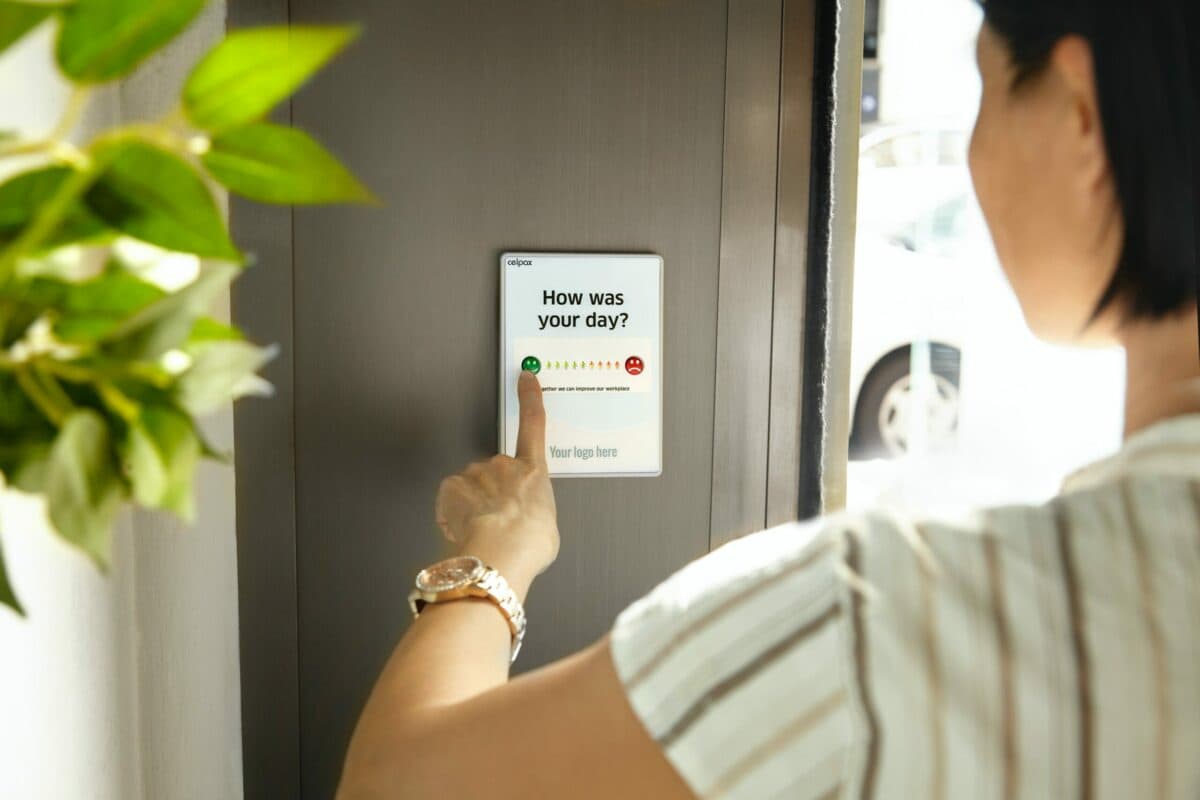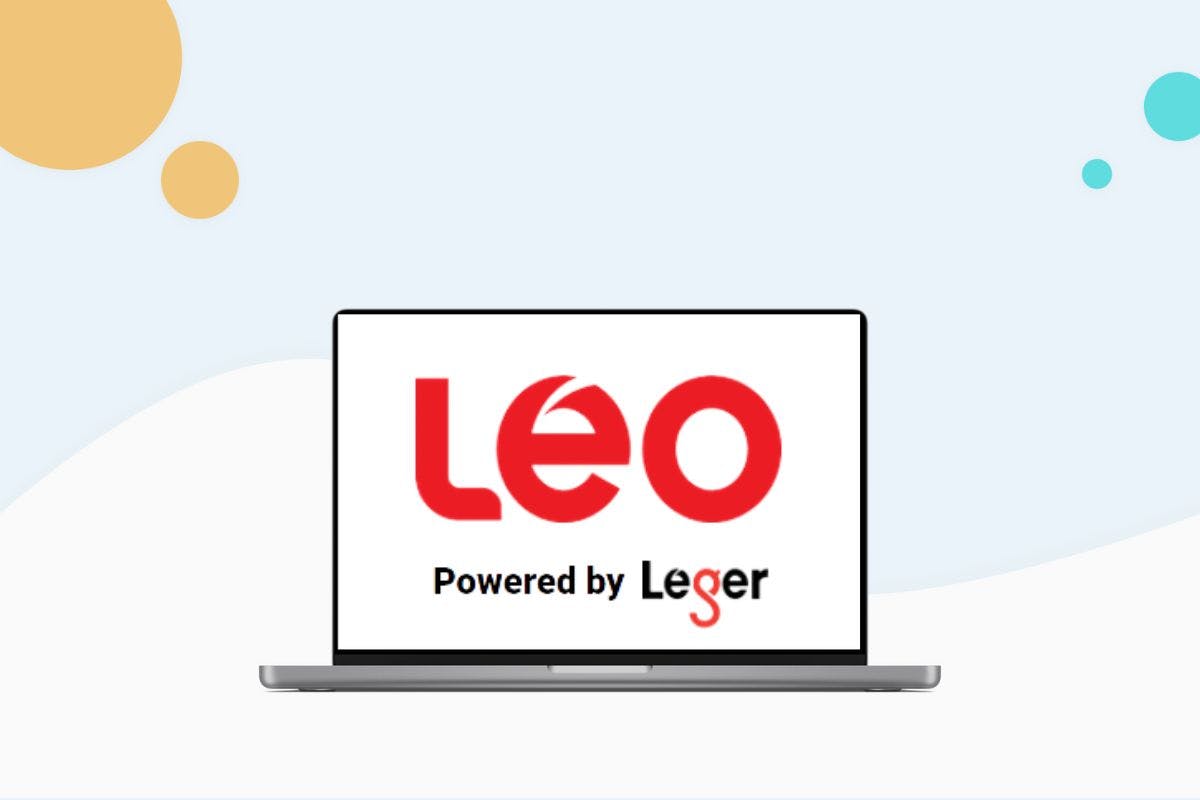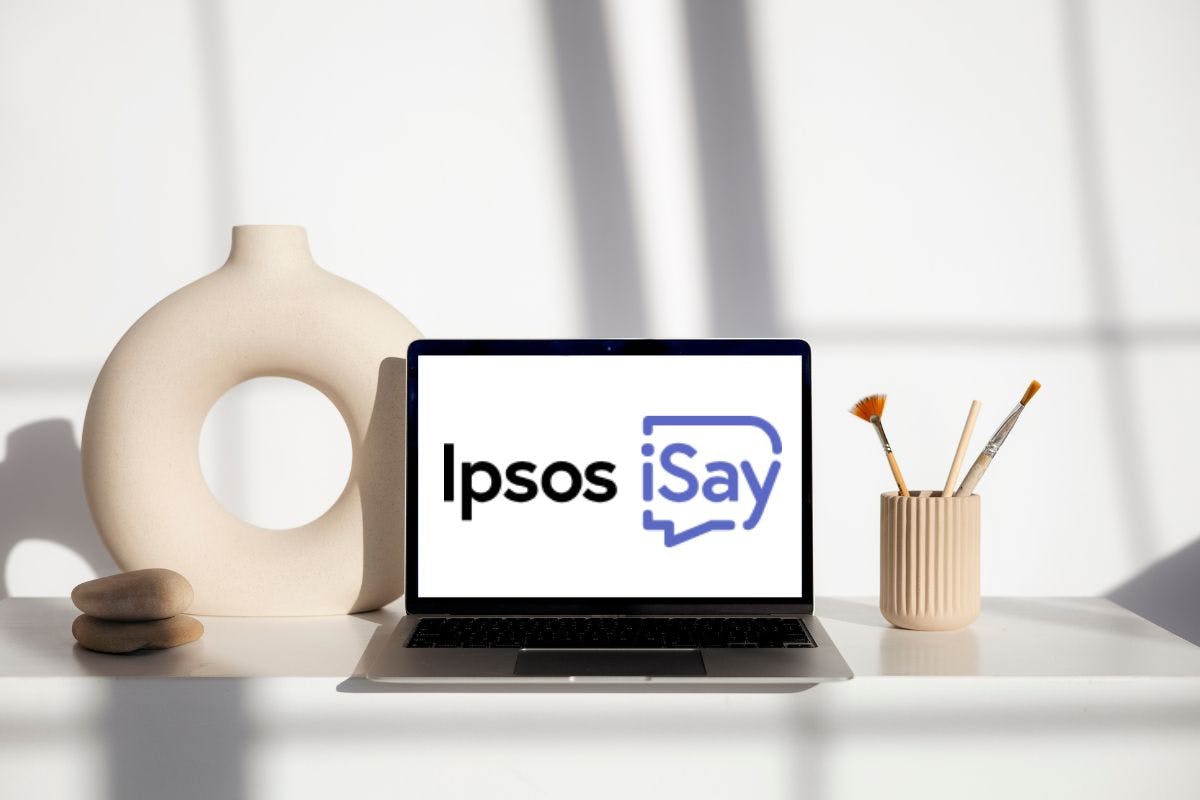Financial Independence
If you’re interested in the Financial Independence, Retire Early (FIRE) movement in Canada, financial freedom, early retirement or minimalism, then you’ve come to the right place.
Popular articles about financial independance

The 53 Best Side Hustles in Canada For 2024
Arthur Dubois - 11 Jul 2023

Surveys for Money: The 24 Best Paid Survey Sites in Canada
Maude Gauthier - 16 Jan 2024

52 Ways to Make Money Online in Canada
Heidi Unrau - 07 Nov 2023

The 40 Best Personal Finance Books
Maude Gauthier - 23 Apr 2024

34 Ideas to Get Free Money in Canada in 2023
Heidi Unrau - 12 Oct 2023

Fuck You Money is the New Financial Dream: Here’s How to Get It
Heidi Unrau - 11 Oct 2023

The 11 Best Personal Finance Courses in Canada For 2023
Athanasia Nikolakakis - 21 Sep 2023

Everything You Need To Know About FIRE Movement And Financial Independence In Canada
Arthur Dubois - 26 Jul 2023
Frequently asked questions about financial independence
What does the Financial Independence Retire Early movement stand for?
The Financial Independence Retire Early (FIRE) movement is a personal finance concept that advocates for young professionals to save a large amount of their income by living a frugal lifestyle, and use the excess cash to invest in assets such as the financial markets or real estate. The idea is that over time, these assets will compound in value up to a certain threshold that is determined by the person based on his/her lifestyle and retirement preferences. Once the person’s investments hit that threshold, they can then retire early and use their investment portfolio to fund their financial needs in retirement.


















